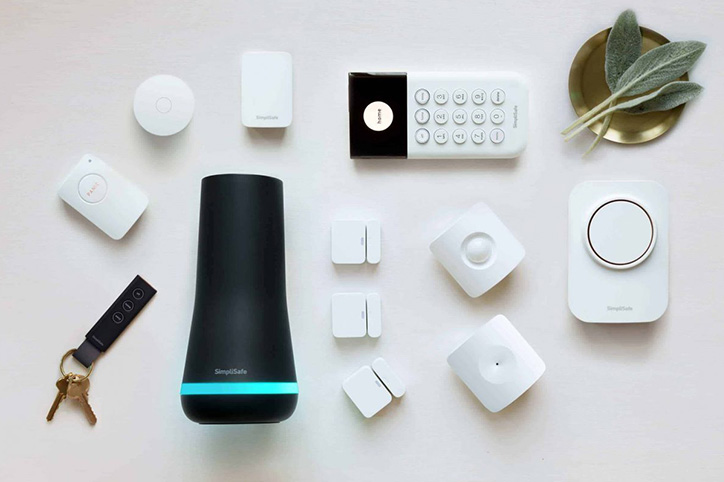Shopping for a home security system can be overwhelming. There are a ton of options out there covering a wide spectrum of price points. Is it worth splurging on professional installation? What if you make a mistake with DIY installations? How can you tell the difference between a flashy gadget and something that is actually protecting your family? How comfortable do you feel with sensors and…
Related

There isn’t a parent in this world that isn’t at the same time grateful if they have access to a…

If you’ve been struggling with an unknown illness or recurring symptoms that doctors can’t diagnose, you may want to find…

Most parents will tell you that as nerve-racking as the first few days and weeks of being home with your baby…

The number of families who frequently dine out instead of sharing a home cooked meal is on the rise. This…



